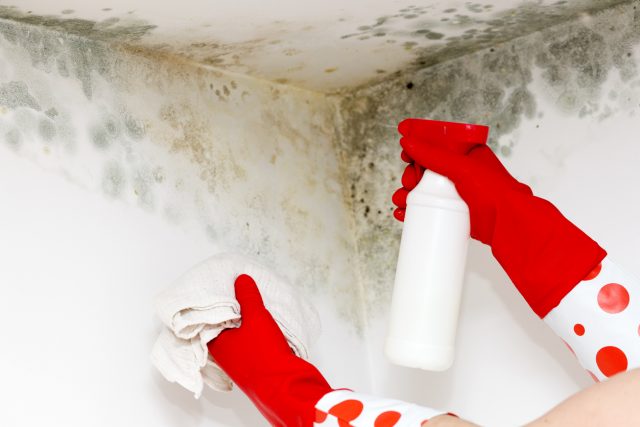
In the cold and invariably wet conditions of Britain, damp is an altogether too common problem for homeowners. With an influx of poor weather set to besiege the country in the coming days and weeks, the Met Office has issued a yellow severe warning for large swathes of the UK. Fears have intensified after financial watchdogs posited that even ‘the slightest sign of rough weather’ could put a significant number of households in distress. With this in mind, it is more important than ever to ensure that you have a number of proper preventative measures in place.
Keeping damp out
To ward off damp, you first have to have an understanding of what causes it. Heavy precipitation and low temperatures are the first to attract blame but it is only through structural deficiencies in the home that these potential threats translate to genuine issues. Missing roof tiles, poorly-fitted windows and leaking pipes are all vectors by which damp can infiltrate your home. The first step in staving off damp then, is to simply regularly maintain and service your home’s traditional defences.
A telescoping cleaning wand (a fantastical name for a tool with such a mundane purpose) will help you keep your gutters clear of debris and your home free of damp. Similarly, anything that impedes the progress of water into your ground drains should also be removed. Alongside facilitating the removal of water (remember to check that your window sill dip grooves are in working order) you also need to ensure that the exterior of your home is equipped to repel water. One definitive way of doing this is to enlist the services of an accredited weatherproof coating service. Unlike traditional masonry paints, weatherproof coatings are fortified with resin that binds the paint together – making your home exterior impervious to whatever the weather can throw at it for up to 25 years.
Stopping damp from materialising within the home
As well as invading from outside, damp can also accumulate within the home. Without adequate ventilation, cooking, showering, and even breathing builds levels of moisture. Over time, if allowed to continue unchecked, this moisture manifests itself as condensation. Generally speaking, moisture in the air is more likely to condense into water droplets when temperatures are low, so it almost goes without saying that keeping your home well-heated and well-insulated is important.
A warm home is no more than a deterrent though, and there are a number of practices you need to follow if you want to banish damp entirely. Where possible, any process that generates moisture within the home should be minimised. In some cases, this is manageable – drying clothes outdoors and putting lids on saucepans will help limit the amount of moisture produced. However, steps that minimise moisture can only go so far, they must also be accompanied by attempts to ventilate the home more effectively – opening windows and doors regularly should be enough. If not, you should consider investing in a dehumidifier – it takes in moisture-rich air and returns it moisture-free.
There you have it, a number of different ways you can ward off the damaging effects of damp, both inside and outside the home.













